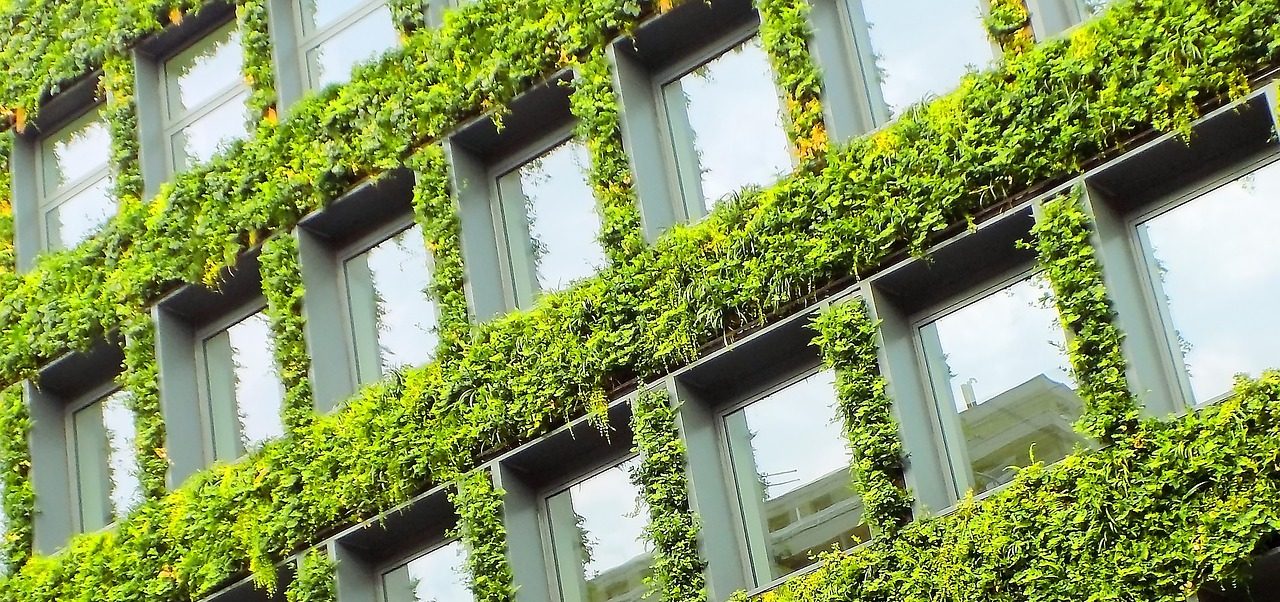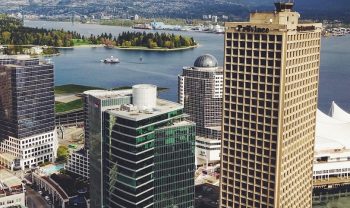Climate news can often feel like a steady stream of doom and gloom—wildfires, melting ice caps, and alarming emissions. It’s easy to feel overwhelmed by the scale of the challenge. But amidst all this, there are areas where real, tangible progress is being made. One of these bright spots is in the way buildings are being designed and constructed, especially in a country like Canada. Over the past 20 years, Canadian building practices have undergone a significant transformation, with an emphasis on sustainability, efficiency, and resilience. Let’s explore some of the most promising changes in Canadian building practices that are making a real difference.
A Shift Towards Energy Efficiency
One of the most significant areas of progress in Canadian building design is energy efficiency. Given Canada’s diverse climate, from freezing winters to warm summers, energy efficiency is crucial—not just for environmental reasons but also for comfort and cost savings.
Buildings in Canada are now being constructed with much better insulation, including high-performance windows that minimize heat loss in the winter and keep interiors cooler in the summer. These aren’t just your regular windows; they are often double or even triple-glazed with low-emissivity coatings that reflect heat. This shift reduces energy demand, lowering greenhouse gas emissions and energy bills.
Modern heating, ventilation, and air conditioning (HVAC) systems are also becoming more efficient, utilizing advanced technologies like variable refrigerant flow, heat recovery systems, and smart climate controls. The adoption of LED lighting, which uses significantly less electricity than traditional bulbs, has become almost standard in new Canadian buildings, and smart lighting controls that dim or turn off lights when they aren’t needed are becoming more common.
Embracing Sustainable Materials
Another exciting shift has been in the materials used for construction. Twenty years ago, the focus was often on cost and availability, but now there is a growing emphasis on sustainability. Builders are turning to recycled, upcycled, and low-carbon materials to reduce the environmental footprint of new projects. For example, there’s been a rise in the use of cross-laminated timber (CLT) and other engineered wood products. CLT is particularly interesting because it is both strong and sustainable, offering a lower-carbon alternative to traditional steel and concrete while still providing the structural integrity needed for larger buildings.
Canada, as a significant producer of timber, is uniquely positioned to lead in this area. Many Canadian building projects now prioritize sourcing materials from sustainable forests that are certified by organizations like the Forest Stewardship Council (FSC).
Building Certifications: Setting the Bar High
Over the past two decades, there has been a rapid increase in the number of buildings designed to meet green certification standards in Canada. Programs like Leadership in Energy and Environmental Design (LEED), the Building Research Establishment Environmental Assessment Method (BREEAM), and the WELL Building Standard are now commonplace. These certifications encourage builders and developers to meet strict guidelines for sustainability, energy efficiency, and indoor environmental quality.
The Canada Green Building Council (CaGBC) has been instrumental in promoting these certifications, and Canada now boasts one of the highest numbers of LEED-certified buildings per capita worldwide. Additionally, the new Zero Carbon Building Standard is gaining traction, pushing the boundaries further by encouraging buildings to achieve net-zero carbon emissions.
Integrating Renewable Energy
Renewable energy is no longer a niche idea; it’s becoming a standard feature in new Canadian buildings. More and more buildings are being designed with solar panels on rooftops, wind turbines in appropriate settings, and geothermal heating systems underground. These technologies help buildings generate their own clean energy, reducing reliance on fossil fuels and lowering carbon emissions.
Canada is also seeing an increase in net-zero and even positive-energy buildings—structures that produce as much or more energy than they consume. These buildings are not just futuristic concepts; they are becoming a reality in many parts of the country, from urban centers like Toronto and Vancouver to smaller communities aiming to reduce their environmental impact.
Water Efficiency: Every Drop Counts
Water conservation might not get as much attention as energy efficiency, but it is a crucial part of the sustainability puzzle. In Canada, buildings are increasingly incorporating features like rainwater harvesting systems and greywater recycling to reduce water consumption. Rainwater harvesting captures rain for non-potable uses such as irrigation and toilet flushing, while greywater systems reuse water from sinks and showers for similar purposes.
Smart irrigation systems and low-flow fixtures have also become standard features in many new buildings. These technologies help reduce water waste, which is particularly important in urban areas where water supply can be stressed during peak times.
Passive Design and the Power of Nature
Passive design strategies are making waves in Canadian building design. Rather than relying solely on mechanical systems, passive design takes advantage of natural elements to maintain comfortable indoor temperatures. This can include building orientation to maximize natural light, using shading devices to reduce heat gain, and incorporating natural ventilation systems.
These strategies are particularly effective in Canada’s varied climates, helping to reduce the need for artificial heating, cooling, and lighting. For instance, many new buildings in Canada are being designed to capture as much natural light as possible, reducing the need for artificial lighting and making indoor spaces feel more open and connected to the outdoors.
Green Roofs and Living Walls
Cities like Toronto, Vancouver, and Montreal have embraced green roofs and living walls, and for good reason. These features not only improve building insulation but also help reduce the urban heat island effect, improve air quality, and create habitats for local wildlife. Toronto has even implemented a Green Roof Bylaw, requiring green roofs on certain new developments.
Living walls—vertical gardens attached to building exteriors or interiors—are also gaining popularity. They provide additional insulation, reduce noise, and enhance the aesthetic appeal of urban spaces. These green features demonstrate a creative integration of nature into the built environment.
Smart Buildings and Automation
Smart technology is playing a growing role in Canadian building design. Buildings are now equipped with sensors and automation systems that monitor and adjust lighting, heating, cooling, and ventilation in real-time to optimize energy use. Smart buildings are also becoming more common, with advanced energy management systems that learn from patterns of use to minimize waste.
These innovations aren’t just for commercial buildings; they are becoming more accessible for residential properties too, allowing homeowners to monitor and control their energy use from a smartphone or tablet.
Circular Economy and Modular Construction
The concept of the circular economy—where materials are reused, repurposed, or recycled at the end of a building’s life—is gaining traction in Canada. New buildings are increasingly designed for disassembly, meaning they can be taken apart and their materials reused or recycled rather than sent to a landfill.
Modular construction, where buildings are assembled from prefabricated modules, is also on the rise. This approach reduces waste, shortens construction timelines, and often results in a lower carbon footprint compared to traditional construction methods.
Health and Wellbeing
Finally, there’s a growing focus on the health and wellbeing of building occupants. Canadian buildings are increasingly designed with features that improve indoor air quality, such as advanced ventilation systems and non-toxic building materials. Biophilic design, which incorporates natural elements like plants, water features, and natural light, is also becoming more popular, helping to create spaces that feel more connected to nature and promote overall well-being.
A Positive Outlook
While the challenges of climate change are daunting, the progress in Canadian building practices over the past 20 years offers a hopeful glimpse of the future. These advancements show that when we prioritize sustainability, innovation, and creativity, we can create spaces that are not only better for the planet but also better for the people who live and work in them. As these trends continue to evolve, there’s reason to feel optimistic about the future of our built environment.





